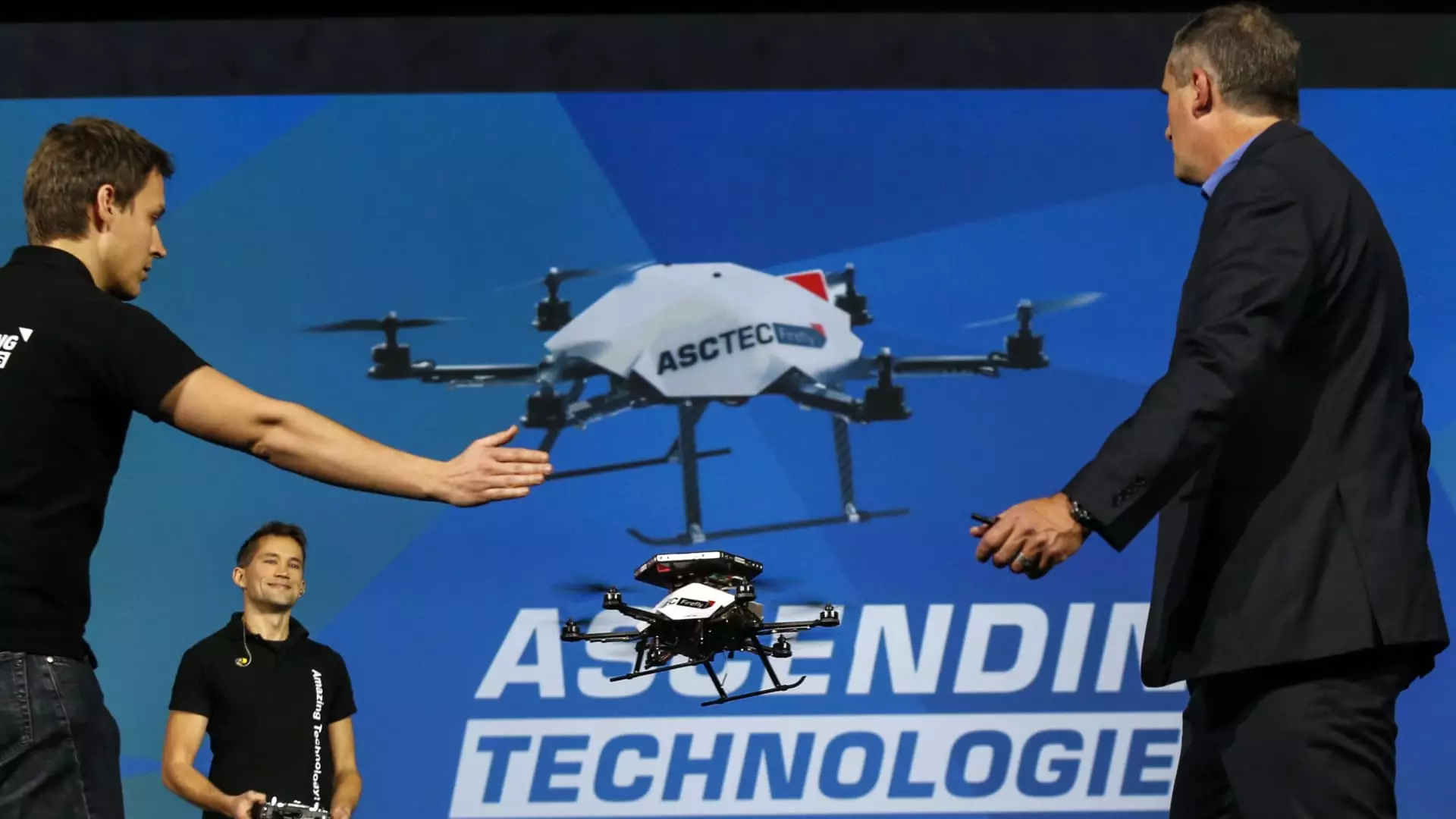Intel’s recent decision to spin out its artificial intelligence and robotics division into a separate entity, dubbed RealSense, marks a pivotal moment in the technology landscape. Instead of doubling down within the corporate behemoth, Intel chooses a strategic retreat, elevating a specialized startup to pursue the exploding market of robotic automation. This move signifies not just a shift in corporate structure but a recognition of the complex and rapidly evolving nature of AI-driven robotics—one that Intel arguably cannot fully manage amidst its internal struggles. By injecting $50 million into this venture, Intel signals confidence in the sector’s growth potential but also a need to shed the weight of its longstanding challenges.
What’s compelling here is how RealSense is positioned not as a mere expansion but as a focused entity targeting specific, safety-critical tools for robotics. CEO Nadav Orbach’s emphasis on “physical AI” hints at a strategic pivot towards tangible, real-world applications—autonomous systems that require precision, reliability, and safety. Yet, this narrow focus raises questions about whether RealSense will be able to scale fast enough to make an impact before larger corporate competitors or unforeseen technological barriers intervene.
The Market Realities: Opportunity or Overhyped Dream?
The robotics industry is undeniably poised for explosive growth, with projections like Morgan Stanley’s predicting a $5 trillion market by 2050. Major players such as Tesla, Amazon, Nvidia, and Salesforce are investing heavily, reflecting a shared belief that robots will become integral to everyday life—from factories to homes. However, this enthusiasm is also fraught with overconfidence. The sheer size of the potential market does not guarantee smooth sailing; technological hurdles, regulatory constraints, and economic cycles could all diminish the actual industry expansion.
Intel’s own recent struggles—cost cuts, leadership upheavals, and divestments—underline a brutal reality: not every enterprise can navigate this tumultous transition unscathed. Historically, technological breakthroughs often come with profound risks, especially when pushing into physical AI, which challenges existing safety, regulation, and infrastructure standards. The question remains: is this foray into robotics a strategic rebirth or just a gamble driven by market hype?
The Center-Right Perspective: Innovation Amidst Caution
From a center-right, liberal-leaning standpoint, this move embodies a pragmatic approach—embracing innovation while exercising measured risk. The decision to spin out RealSense illustrates an understanding that specialized, autonomous entities can better adapt, innovate, and compete than sprawling conglomerates bogged down by bureaucracy. It’s a recognition that success in AI and robotics demands agility, targeted investments, and a clear strategic vision.
However, this shift also highlights the importance of safeguarding against unregulated or reckless deployment of these technologies. While the market pushes forward, policymakers and industry leaders alike must ensure safety, ethical standards, and practical utility are prioritized over mere growth projections. The delicate balance between fostering technological innovation and protecting societal interests will determine whether this bold gamble pays off or leads to overextended ambitions and unanticipated failures.
This reorganization exemplifies a centrist in-between stance—supporting technological progress under the principles of cautious optimism, strategic funding, and vigilant oversight. The coming years will test whether this hybrid approach can steer the industry toward sustainable and responsible commercialization of robotic AI systems.

